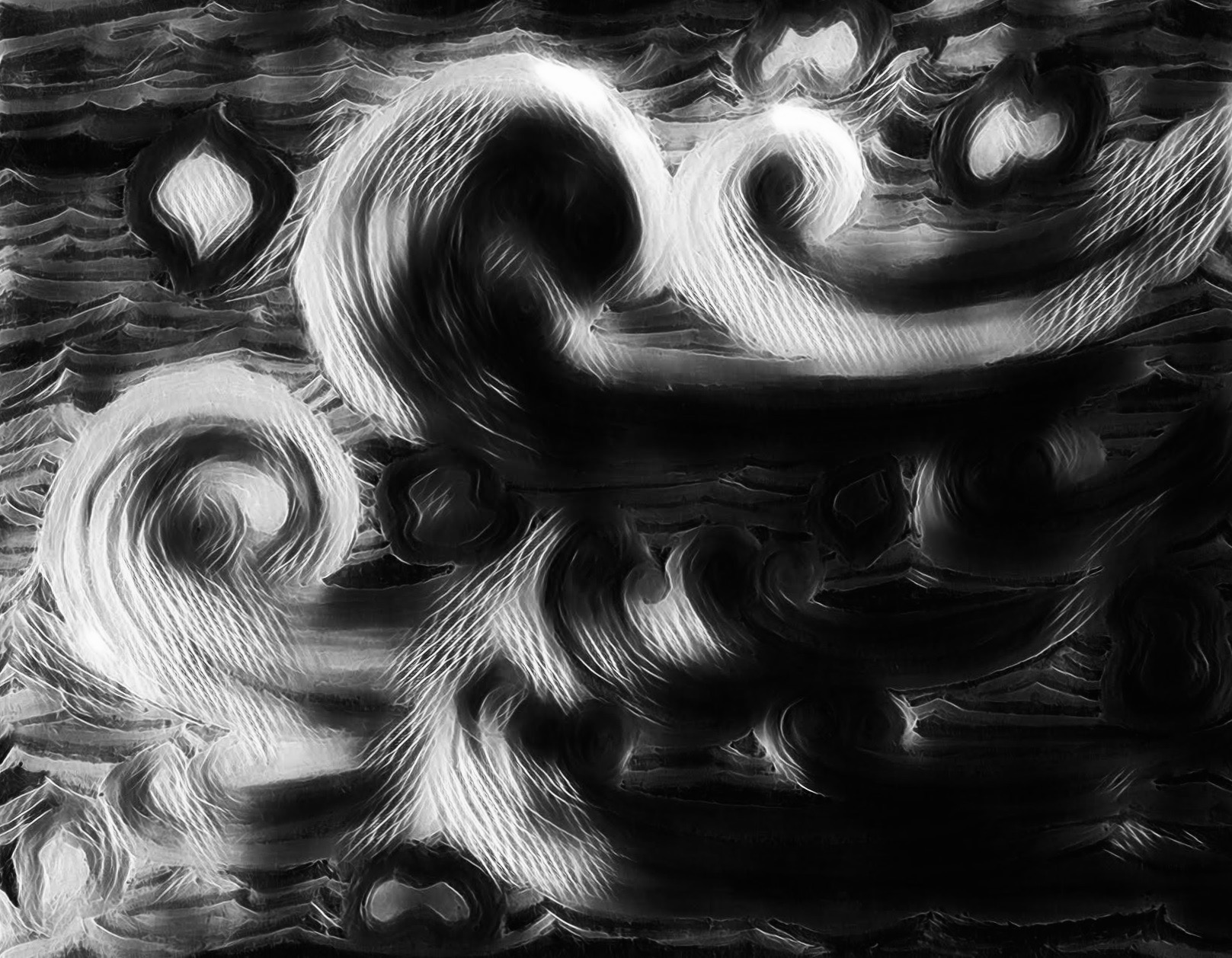Dream Interpretation Course

Unlocking the Secrets of the Subconscious: A Comprehensive Guide to Dream Interpretation
Dreams have long been a subject of fascination, with many believing they hold the key to unlocking the secrets of the subconscious mind. For centuries, people have sought to understand the symbolism, metaphors, and hidden messages embedded in their dreams. Whether you’re a seasoned dream analyst or just starting to explore the world of dream interpretation, this course is designed to provide you with a deeper understanding of the complex language of dreams.
To begin, let’s delve into the world of dreams and explore the different types of dreams that exist. From vivid, cinematic-like experiences to fragmented, disjointed images, dreams can take many forms. Some dreams may be highly emotional, while others may be devoid of feeling. By examining the various types of dreams, we can gain a better understanding of the subconscious mind and its role in shaping our dreams.
The Science of Dreaming
Research has shown that dreams occur during the rapid eye movement (REM) stage of sleep, when brain activity is similar to that of being awake. During this stage, the brain processes and consolidates memories, transferring information from the hippocampus to the neocortex for long-term storage. This process can lead to the creation of dreams, as the brain attempts to make sense of the vast amounts of data it has collected during the day.
Studies have also revealed that dreams can be influenced by a variety of factors, including emotions, memories, and external stimuli. For example, a person who is experiencing stress or anxiety may have more frequent or intense dreams. Similarly, a person who is exposed to certain types of music or art may incorporate these elements into their dreams.
Understanding Dream Symbolism
Dreams are often filled with symbolism, metaphors, and hidden messages. By deciphering these symbols, we can gain a deeper understanding of the subconscious mind and its role in shaping our thoughts, emotions, and behaviors. Let’s examine some common dream symbols and their possible meanings:
- Snakes: Snakes can represent transformation, change, or healing. They may also symbolize fear, anxiety, or a sense of being overwhelmed.
- Water: Water can represent emotions, intuition, or the subconscious mind. It may also symbolize purification, cleansing, or spiritual growth.
- Flying: Flying can represent a sense of freedom, empowerment, or spiritual ascension. It may also symbolize a desire to escape or transcend challenging circumstances.
The Dream Interpretation Process
So, how do we interpret our dreams? The process involves several steps, including:
- Recording your dreams: Keep a dream journal to record your dreams as soon as you wake up. This will help you capture the details of your dreams before they fade away.
- Identifying themes and symbols: Look for recurring themes and symbols in your dreams. These can provide clues about the underlying messages and emotions embedded in your dreams.
- Analyzing emotions: Pay attention to the emotions you experience during your dreams. These can provide insight into your subconscious mind and its role in shaping your thoughts and behaviors.
- Exploring personal associations: Consider your personal associations with the symbols and themes that appear in your dreams. This can help you tap into the unique meanings and messages that are specific to your subconscious mind.
It's essential to approach dream interpretation with an open mind and a willingness to explore the depths of your subconscious. By doing so, you can gain a deeper understanding of yourself and the world around you.
Common Dream Themes
Let’s examine some common dream themes and their possible meanings:
- Falling: Falling can represent a sense of loss of control, fear, or anxiety. It may also symbolize a need to let go of something or someone.
- Being chased: Being chased can represent a sense of being overwhelmed, stressed, or anxious. It may also symbolize a fear of being caught or exposed.
- Nakedness: Nakedness can represent vulnerability, exposure, or a fear of being judged. It may also symbolize a need to shed old skin or embrace a new sense of self.
What is the most common dream theme?
+Research has shown that the most common dream theme is falling. This can represent a sense of loss of control, fear, or anxiety.
How can I improve my dream recall?
+Improving dream recall requires practice and patience. Keep a dream journal, stay consistent, and focus on remembering your dreams as soon as you wake up.
What is the significance of recurring dreams?
+Recurring dreams can represent unresolved issues, unfulfilled desires, or unconscious patterns. They can also symbolize a need for personal growth, transformation, or healing.
Conclusion
Dream interpretation is a complex and multifaceted field that requires patience, practice, and dedication. By exploring the world of dreams and understanding the symbolism, metaphors, and hidden messages embedded in our dreams, we can gain a deeper understanding of the subconscious mind and its role in shaping our thoughts, emotions, and behaviors. Remember, the language of dreams is unique to each individual, and it’s essential to approach dream interpretation with an open mind and a willingness to explore the depths of your subconscious.
As you continue on your journey of dream interpretation, keep in mind that the subconscious mind is a mysterious and often paradoxical realm. Be prepared to encounter surprises, contradictions, and unexpected insights. With time and practice, you’ll develop a deeper understanding of the complex language of dreams and unlock the secrets of your subconscious mind.
The key to successful dream interpretation lies in developing a personal relationship with your subconscious mind. By exploring your dreams, emotions, and experiences, you can gain a deeper understanding of yourself and the world around you.

